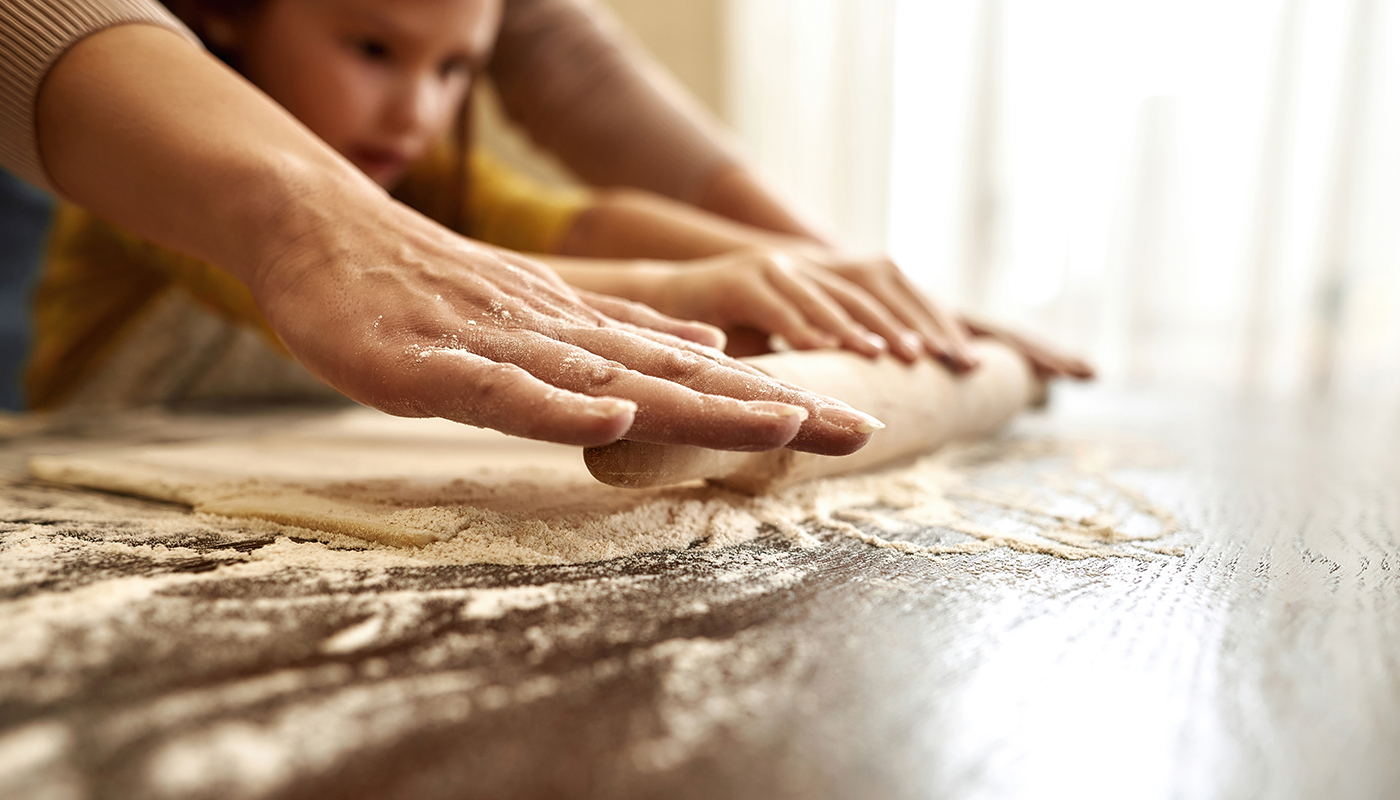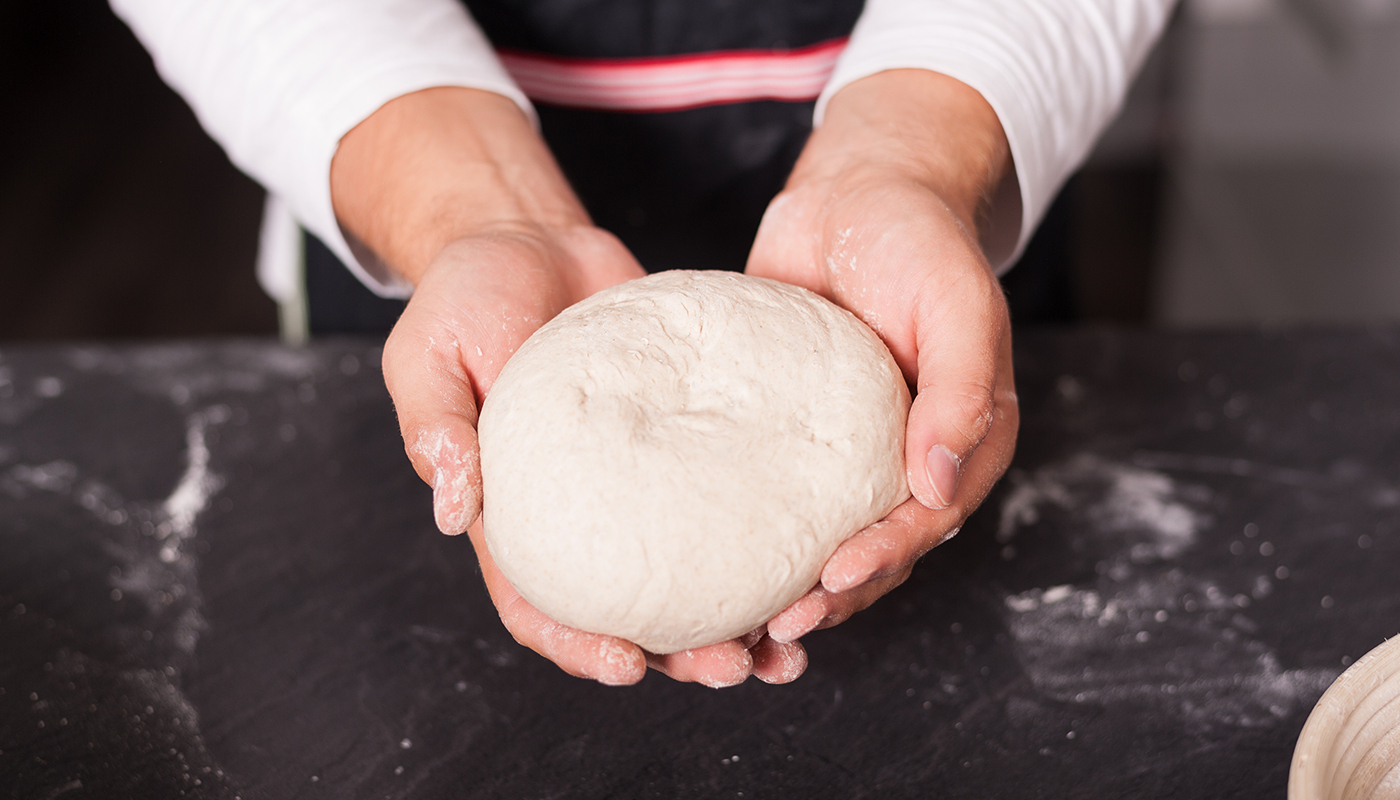Farinosas: Easter sweet
Farinosas are a typical, but little-known, sweet made at Easter and whose origin is Valencian. Make this delicious dessert now with cabello de ángel (pumpkin jam).
on today's menu
Share

Farinosas, a sweet with a taste of tradition
There are as many sweets related to Easter or Lent as there are traditions throughout our geography. From the mona de Pascua Easter cake to pestiños honey fritters, to torrijas (French toast), panquemaos (literally burned bread) or buñuelos fritters, are some of the exquisite sweets that complete the range.
But if you want to go further and try a sweet that isn’t so well known outside of the area it originates from, today we are talking about farinosas, a variety of mona de Pascua or Easter cake which is traditional in the regions of Castellón. A simple option to make and super versatile, since it can be filled with any ingredient you like. Although cream farinosas or cabello de ángel (pumpkin jam) farinosas are the most traditional. Below, we show you how to make the latter and amaze people with a different dish which is also scrumptious.
It is important to note that the dough for this traditional Easter sweet is similar to brioche so, among other things, you need to prepare the masa madre or sourdough starter and give it the time it needs to prove. Bearing this in mind, do you fancy making this juicy and tender dessert?
Farinosa ingredients (2-3 units)
For the masa madre or sourdough starter:
- 100 g of strong flour
- 10 g fresh baker’s yeast
- 60 g water
For the farinosa dough:
- 400 g of strong flour
- 10 g fresh baker’s yeast
- 3 eggs
- 140 g sugar
- 80 g extra virgin olive oil
- Grated rind of 1 lemon
- 1 pinch of salt
To fill and decorate:
- Cabello de ángel (pumpkin jam)
- 1 small egg

Farinosas recipe
It is important to make the masa madre or sourdough starter the night before. To do so:
1. Dissolve the fresh yeast in warm water, place the flour in a bowl and incorporate the water with the yeast. Mix the ingredients until the integrate, there is no need to knead it too much. Cover the container and leave to prove all night at ambient temperature in a dry place and without an air flow.
If we opt to make the farinosa dough by hand, since it is a sticky dough, we should grease the hands with olive oil so it doesn’t stick, especially when shaping it.
To start to make the farinosa dough:
1. Dissolve the yeast in a little warm water. Place in a large bowl with the flour, masa madre, lightly whisked eggs, sugar, extra virgin olive oil, lemon peel and a pinch of salt.
2. Knead for 6-8 minutes until you obtain a homogeneous and slightly sticky dough. Depending on the strong flour we use and the degree of absorption it has, the amount of water required may vary.
3. Form a ball with the dough and leave to prove at 20-23°C in a bowl greased with extra virgin olive oil and cover with a cloth. It will need approximately 1 hour, until it doubles in size.
Once the dough is ready:
1. After proving, place the dough on a lightly greased surface and divide into two or three portions, depending on the number of farinosas you want to make or the preferred size. Cut the dough with a scraper or knife, without stretching it. Form a new ball with each portion of dough and leave to rest for 20 minutes so they lose their tension and can be rolled out.
2. Roll out the dough with a rolling pin to make the farinosa, give it an elongated-oval shape and the thickness of a deep pan pizza. Place it on an oven tray lined with baking paper and spread the cabello de ángel (pumpkin jam) in the middle.
3. Cover this jam with the dough, close it and shape it into a bread loaf. Cover again with a cloth and leave to prove for 1 hour or until it doubles in volume.
4. Heat the oven to 175 °C with heat above and below. After proving, brush the dough with the whisked egg and sprinkle with a little sugar. Insert the tray into the oven and bake for 15-20 minutes or until it turns golden (if it starts to brown too quickly, you can cover it with aluminium foil so it doesn’t burn).
5. When removing it from the oven, place it on a rack so it cools and, before serving, sprinkle with icing sugar.






